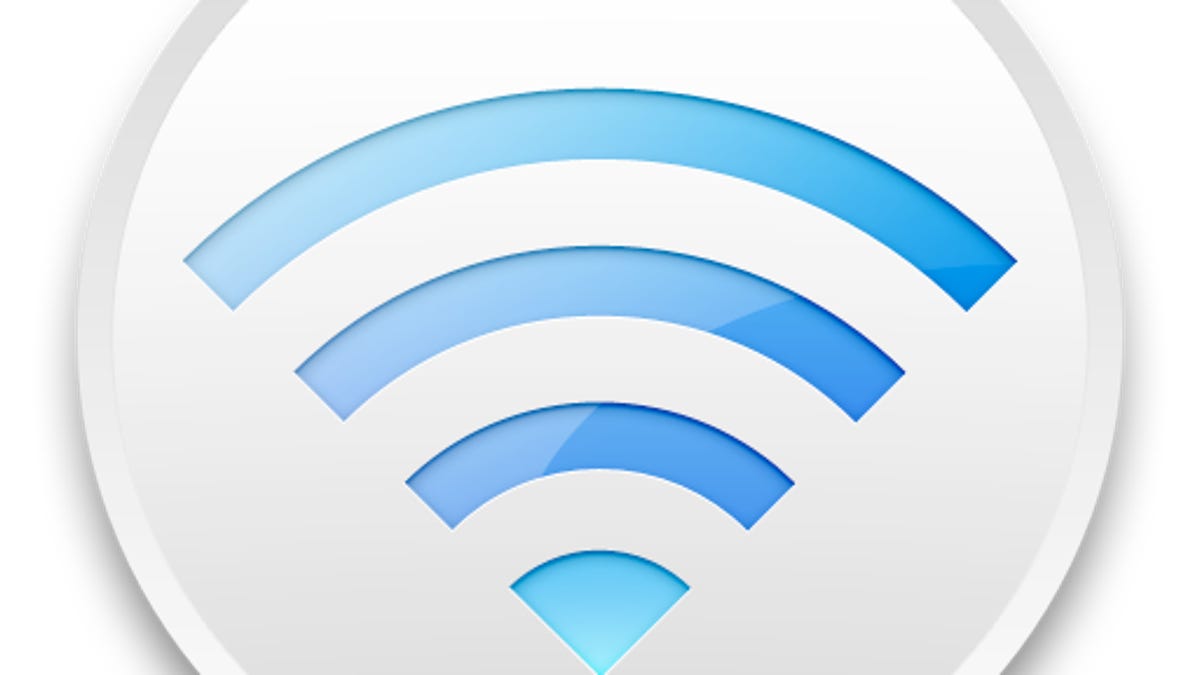Wi-Fi dropouts in OS X possibly from power conflicts
While Wi-Fi dropouts in OS X are sometimes from misconfigured Wi-Fi adapters, they may also be from how the system is managing power to the Wi-Fi cards.

One of the ongoing problems that has affected some OS X users is random dropouts in their Wi-Fi connections. While Wi-Fi connectivity is not an issue with most Mac systems, for people experiencing it, once the problem starts it seems to persist. In some situations nearly identical systems on the same network will result in one system working fine and the other being regularly dropped.
Unfortunately Wi-Fi connectivity is difficult to troubleshoot, since there are many factors that play into a stable connection. These include drivers and other software configurations, the Wi-Fi card, the router, other computer hardware and components, and even environmental variables that cause interference. To tackle these problems, users can try a number of troubleshooting steps and settings for their routers and OS X, and also use Apple's built-in Wi-Fi diagnostics tool to diagnose and address signal quality problems.
While most of the troubleshooting steps for Wi-Fi problems revolve around the Wi-Fi configurations themselves, some recent discussions have outlined potential problems with power management being the root cause for at least some Wi-Fi dropouts. Apparently in many of Apple's systems, the Wi-Fi adapter may go into a low power mode after a few minutes of inactivity. While this should help save power and extend battery lives, it also may conflict with some routers or interfere with the adapter's settings when woken up.
Unfortunately OS X does not have any options for adjusting power-saving modes in Wi-Fi adaptors; however, a workaround for keeping the adapter active may be to set it up so there is always a continuous stream of network activity. While most network activity is set to maximally use the adapter and can hinder overall performance, you can use the OS' "ping" command or similar service to ensure a small amount of network activity happens on a regular basis. To do this, simply launch the Terminal and run the following command:
ping -i 10 -q ADDRESS
In this command, the number "10" will run the ping every 10 seconds, and the ADDRESS can be the IP address or domain name of an Internet server, a server on your local network, or your network's router (the IP address for which can be found in the Network system preferences). When the ping command is run, you can press Command-H to hid the Terminal program, or minimize it into the Dock to keep it out of the way. To make starting this up easier, you can add the Terminal to your log-in items so it starts up when you log in, and then simply press the up arrow key to bring up the last run command (likely the "ping" command) to run it so you do not need to type it in all the time.
A second option found by Apple Discussion user "Thomazb" is that the problem might be related to the system's energy saver settings. As bizarre as it may sound, Thomazb found that his system regularly drops connections if it is set to automatically sleep after 15 minutes of inactivity; however, when he sets it to any other value then Wi-Fi becomes stable again. Others experiencing this problem have tried changing this setting and have likewise seen increased Wi-Fi stability. As a result of these findings, if you are experiencing Wi-Fi dropouts then you might try different energy saver configurations.
Questions? Comments? Have a fix? Post them below or
e-mail us!
Be sure to check us out on Twitter and the CNET Mac forums.

